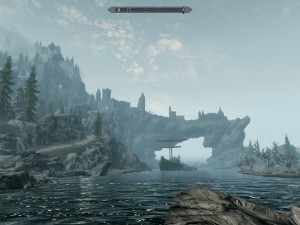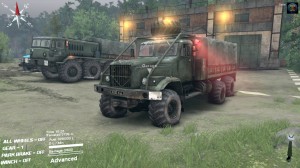What keeps you playing?
During my ongoing literature review I often discover interesting facts about things I’ve never thought about. Sometimes I can connect these facts with my own observations: The result is mostly a completely new idea why things are as they are. Maybe these ideas are new to you, too. Therefore I’ll share my new science based knowledge with you!
This week: This time, I think about the ambiguity of still playing World of Warcraft. The core of the game has not really changed since its release, but players are still vested users of this virtual world.
Once in a while I start to think about the fact that I am still playing World of Warcraft (WoW). I started playing this game just after the release of it and I really never made a very long break or stepped away from it. This is especially strange to me, because the basic game concept has not changed since the release. Normally, once I have beaten a game and exhausted all the ways of playing it, I step away from it and stop playing it completely. However, this is completely different with WoW.
As a MMORPG, WoW is designed to last over a very long period. In this case, the developers are releasing new content on a regular basis to keep the players busy. Additionally, WoW allows the players to progress through the game with their own avatar and even when the current content is finished, the player can still continue exploring the world with the own avatar. WoW players are even developing a strong attachment to their characters and the avatars become to a certain degree a virtual replica of the players. Furthermore, the players can even become friends inside the virtual world of WoW and start to have a social bondings inside this game. This creates an additional retention mechanism, because the players like to stay connected with their friends as they would do in their real life.
This social bonding and the personal attachment to the own avatar are possibly also my very own reasons to still play this game. Apart from these two features, the challenge of completing the raid instance content is also keeping me interested in the game. However, as I already noted at the beginning of this article, the core gameplay has not been changed since the release. This results in the fact that the fun of participating in raids or even playing the game is diminished over time because the gameplay starts to get redundant.
During my time of playing WoW I saw many people quit the game. Some of them stopped playing because they were not able anymore to participate as much in the game as they desired. Their jobs or their complete real lifes have changed and so they decided to quit the game.
Others stopped because their friends also stopped playing. These players lost their social bondings inside the game and thus lost one of the most important reasons to continue playing.
The last fraction stopped playing because of the lack of innovation. These players were still integrated into a social group and were to my knowledge also happy with their virtual appearances. However, they lost interest in playing the game because it has not changed since the release.
As I was thinking about this topic, I came up the following question: „Where is the turning point at which the personal bindings towards the own virtual life are not strong enough anymore to compensate the lack of innovation?“

